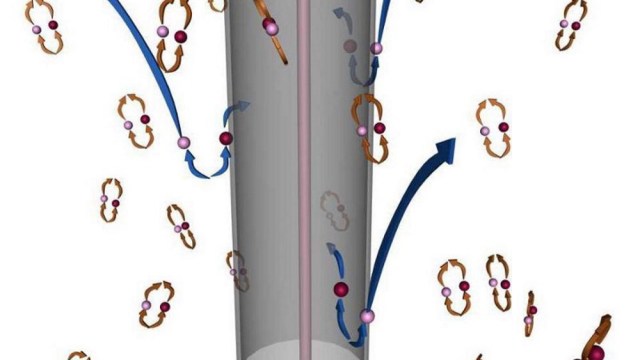Therapy manipulates the emotional content of dreams to cure nightmares

- About 4% of adults suffer from nightmare disorder.
- A recent study examined the efficacy of a treatment that involved training patients to associate a sound they hear during sleep with positive emotions.
- The results suggest that so-called targeted memory activation could help treat people who regularly experience nightmares.
Most of us have nightmares occasionally, but a small minority of adults have more than one per week, and this is deemed pathological. Nightmare disorder, also known as dream anxiety disorder, affects an estimated 4% of adults, and not only disrupts sleep but also impacts daytime functioning.
Nightmare disorder is usually treated by imagery rehearsal therapy, in which the patient is told to change a negative storyline from their nightmare into a positive one, and to rehearse it during the day. This can effectively reduce the frequency of nightmares, but is ineffective in up to one third of cases.
A recent study now shows that manipulating the emotional content of dreams through a procedure called targeted memory reactivation can make imagery rehearsal therapy more effective.
Targeted memory reactivation
Sophie Schwartz of the University of Geneva and her colleagues recruited 36 people diagnosed with nightmare disorder and split them into two groups, both of which performed imagery rehearsal therapy every night for two weeks.
One group was exposed to a simple sound during the imagery rehearsal therapy, which they learned to associate with positive emotions in the dream scenario they had created. The idea was that hearing the sound again during sleep would reactivate the emotions.
For the next two weeks, all participants wore a headband that automatically detected their sleep stages, and played the same sound back to them every 10 seconds during the rapid eye movement (REM) sleep stage, during which dreaming usually occurs.
Both groups experienced fewer nightmares during the two weeks, less fear and distress in their dreams, better sleep quality, and better overall mood. But these benefits were even greater in the group that underwent targeted memory reactivation. These participants also reported having more dreams containing positive emotions. Furthermore, the benefits of the intervention persisted for at least three months.
The results suggest that targeted memory reactivation combined with imagery rehearsal therapy can benefit patients with nightmare disorder more than imagery rehearsal therapy alone, and that targeted memory reactivation can increase the positive emotional content of dreams.
The authors point out, however, that their study lacked a control group of patients that did not receive imagery rehearsal therapy, or one that was not exposed to sound while they slept. So, they do not rule out the possibility that the improved outcomes may have been due to other factors, such as the patients’ expectations.
Still, the new findings support a few earlier studies showing that REM sleep plays an important role in consolidating positive memories, and they also suggest that targeted memory reactivation could be used as a new sleep therapy to treat anxiety, mood disorders, and other psychiatric conditions involving emotional dysregulation.





